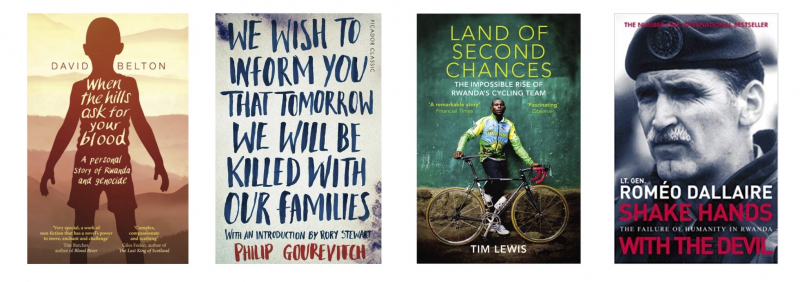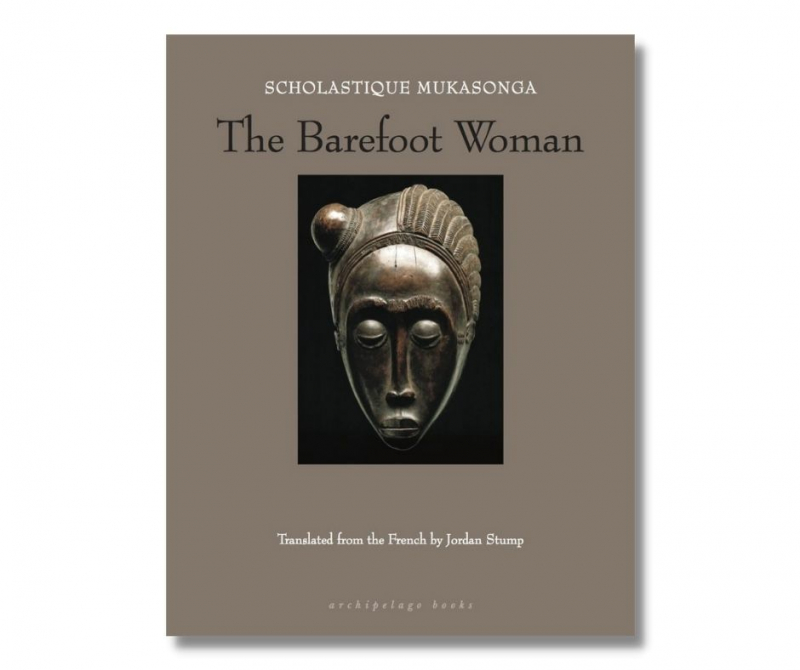Literature
Rwandan literature is oral and written literature in Kinyarwanda or French, primarily by Rwandans. Rwanda's literary history is primarily oral. Traditional texts were divided into two categories: more formal royal documents, known as 'official tradition,' and non-formal, popular literature. The distinction between these categories is based on whether or not the literature was officially controlled, rather than any value judgment about the content. Even today, storytelling and public speaking are highly regarded, and good storytellers are well-respected members of society.
There is very little literature written in Kinyarwanda (the country's native language), but there are a few books written in French. Alexis Kagame (1912-81) was a clergyman and historian who studied Rwandan oral history and published several volumes of poetry and Rwandan mythology. Saverio Naigiziki wrote an autobiography, Escapade rwandaise (Rwandan Adventure), as well as a novel, L'Optimiste (The Optimist), about a Hutu man and a Tutsi woman's marriage.
Benjamin Sehene (b.1959) wrote Le Piège ethnique (The Ethnic Trap) (1999) in the aftermath of the 1994 genocide, a study of what led to the genocide. He also wrote Le Feu sous la soutane (Fire Under the Cassock) (2005), a historical novel based on the true story of Father Stanislas, a Hutu Catholic priest who offered refuge to Tutsi refugees in his church before sexually exploiting the women and participating in massacres.












